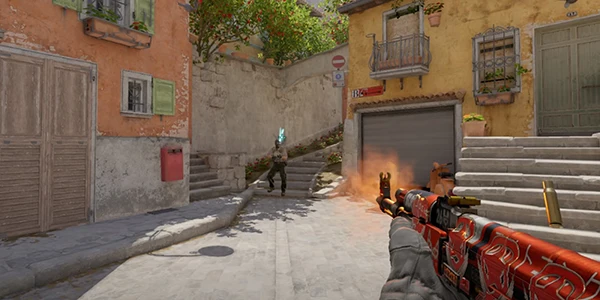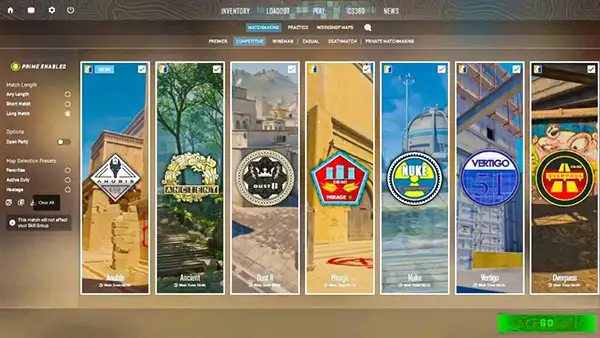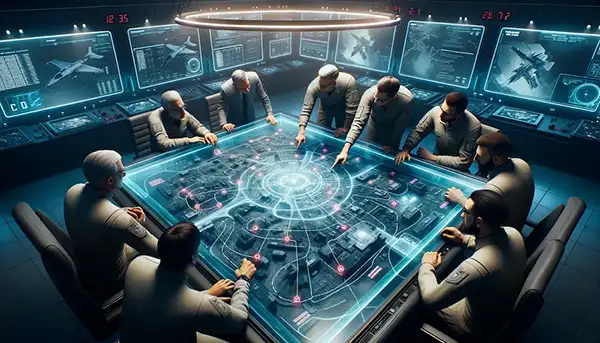For all the Counter-Strike fans, we know how important it is for us to achieve map control in order to get the team’s success. While these maps have drastically changed over the years, they are still close to recognizable. With the number of layouts, comes their own strategies and objectives.
Being a seasoned esports journalist, having an experience of over a decade, I’m going to explain the complexities of location control. Also, will provide approaches for squads looking to dominate rounds through superior spatial dominance based on CS2 live stats.
Understanding Map Control
Map control is the term used for manipulating significant areas of a particular to impose upon the opponent teams. In the game, if you have a complete take over the layout, it’ll not only provide you with information but will also limit the options available to the competitors.
CS2 is not just about shooting angles and pattern recognition, but it’s about mastering the language of tactics and approaches. Counter-Strike and chess games are similar in nature, as each move or decision impacts the outcome of the round in both games.
Early Round Strategies

To start with, groups are required to establish a foundation for map control, at the earlier level. To shield key positions in the area, aggressive pushes to the opponent can be involved. They can also be used to gather input.
To minimize the risks while catching the competitors, it is vital to balance the aggression by being careful. It is fundamental to know the major map callouts as well so that you can effectively contact your team members.
Communication and Information Gathering
Hopping into the battleground of CS2 without a microphone should be considered the greatest sin. Clear transmission of messages is the key to effective layout ruling. The entire level depends on a single bullet that can derail the game and send you or your teammates below par.
Clear communication is the backbone of effective map control. Players need to relay information promptly to help their members make informed decisions. Utilizing utility, such as flash bangs and smoke grenades, strategically aids in gathering information without exposing the team to unnecessary risks.
Mid-Round Adaptation
As the round progresses, adaptability becomes paramount. Teams must be quick to adjust their area control strategies based on the opponent’s movements and actions. Mid-level decision-making separates elite squads from the rest, as they can read the flow of the game and make tactical adjustments on the fly.
Economy Management

These approaches should align with the company’s economy. Spending resources wisely is necessary, as mismanagement can lead to a disadvantageous economic situation. Groups must assess the risk-reward ratio before committing to aggressive map ruling plays, considering the potential impact on future rounds.
Role-Specific Map Control

Different roles within a squad have distinct responsibilities for map control. Entry fraggers, for instance, play a pivotal role in securing early location control by aggressively taking key positions. Support players contribute by providing utility and covering angles, ensuring the team’s safety during area control endeavors.
Counter-Map Control Tactics

To dominate rounds, groups must also master strategies. Denying opponents’ charge attempts through well-timed utility usage, clever positioning, and coordinated company plays can disrupt the opposing team’s plans and force them into unfavorable positions.
Post-Map Control Execution

After gaining control, squads must capitalize on their positional advantage by executing well-planned approaches. This involves leveraging the gained rule to isolate opponents, manage rotations, and secure bomb sites effectively. Coordination and timing are crucial during the execution phase.
Conclusion
In the ever-evolving landscape of CS2, area control mastery remains a fundamental element of success. Teams that understand the nuances of the location take over, communicate effectively, and adapt seamlessly to changing circumstances are poised to dominate levels consistently. As the esports community continues to witness the evolution of CS2, the art of map ruling will remain a cornerstone of strategic excellence, defining the line between victory and defeat.







